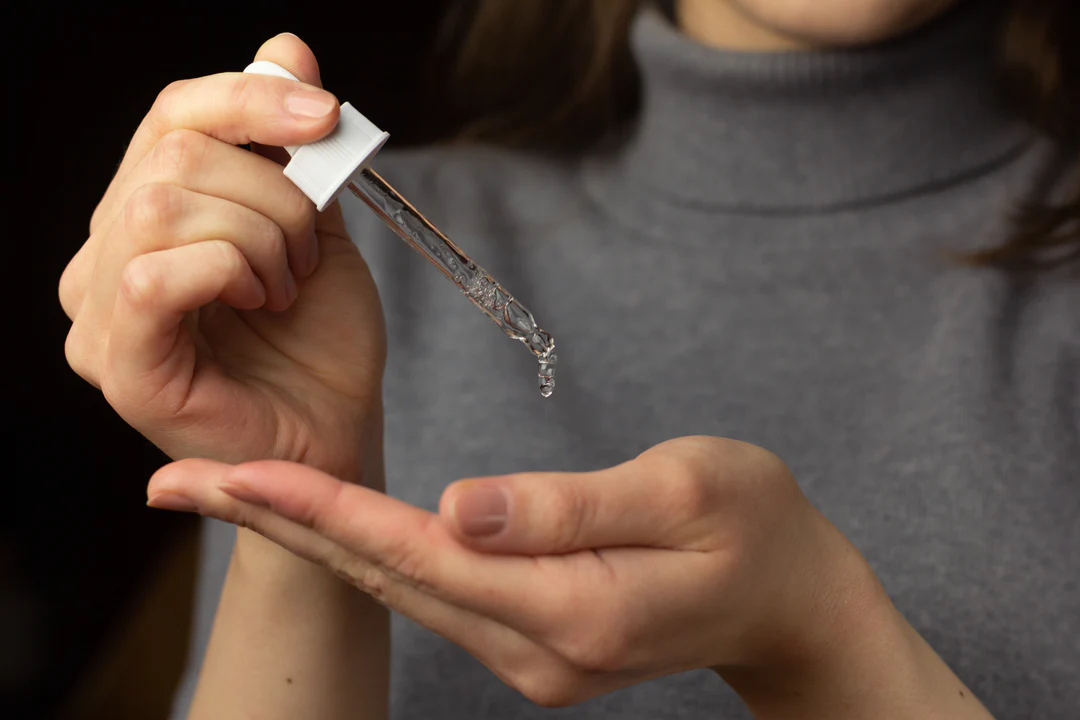
Can Salicylic Acid, Niacinamide, and Hyaluronic Acid be Mixed?
If you’re feeling overwhelmed by skin care, stop right now because I’m here today to make sure everything makes a little more sense. I can’t blame you for finding it all so confusing because every week there seems to be a new must-have ingredient that needs to be introduced into your routine. So when things start to pile up, figuring out what order to use these ingredients in can be a little tricky!
Hopefully by the end of today’s blog post, you’ll find mixing salicylic acid, niacinamide, and hyaluronic acid to be as easy as turning on a kettle, so let’s get started and learn more.
Can I use salicylic acid with hyaluronic acid and niacinamide?
Yes, you can, believe it or not! Salicylic acid’s powerful antibacterial and anti-acne benefits often come with the side effect of severely drying and irritating your skin. That’s where the moisturizing combination of hyaluronic acid and niacinamide comes into play. Each of these humectants can bind moisture to the skin’s surface to combat dry skin. They can also specifically combat and prevent damage caused by free radicals, such as pollution, UV rays, and other environmental influences.
As for the best order to use these ingredients, here’s what I recommend for the best skin results with little to no side effects.
Cleansing Products
Exfoliating Toners with Salicylic Acid
Hyaluronic Acid Serum
Niacinamide Serum
Moisturizer (Best)
SPF (Daily Only)
I recommend using hyaluronic acid before niacinamide because hyaluronic acid will give your skin an impressive hydration boost. This allows niacinamide to work on its unique benefits of regulating sebum production (natural oils in the skin) on the surface of the skin.
Can Salicylic Acid and Hyaluronic Acid be Mixed?
You can use both acids at the same time. In fact, many skin care experts recommend combining them into your daily skin care routine. By incorporating hyaluronic acid into your daily routine, you will hydrate your skin and restore balance. The advantage of combining hyaluronic acid and salicylic acid is that they do not interfere with each other. Salicylic acid is the most commonly used BHA in skin care formulas because of its impressive ability to fight bacteria that can cause frequent breakouts. It does this by penetrating deeper into the skin layers and clearing out bacteria, impurities, and excess oil from the pores. While salicylic acid is busy opening up the pores, hyaluronic acid works on the outer surface of the skin, keeping the protective barrier hydrated and at its healthiest. If you want to learn more about how to layer hyaluronic acid with salicylic acid, check out our blog post.
Can salicylic acid and niacinamide be mixed?
It’s okay to mix these powerful ingredients together, but it’s always best to do so with caution. Because while they’re both skin-lovers, together they make a powerful duo. As I mentioned before, the popular BHA works deep into the pores to break up blockages caused by a host of excess oil, bacteria, and dirt. Niacinamide complements this by repairing and stimulating the growth of skin cells, while drawing moisture from the surrounding facial area and holding it in place, keeping the barrier fully hydrated and functioning properly. We have a very dedicated blog post on how to use salicylic acid serums and niacinamide together.
How to use hyaluronic acid and salicylic acid together?
It depends on what these ingredients are made of. You may have never thought about the order in which you use your skincare products. However, it is an important part of making sure you get the benefits of your routine. If you’ve read any of our previous blog posts, you know that you should apply your skincare products in order of thinnest to thickest consistency. This allows you to allow each product formula to absorb into the skin without having to fight the barrier created by thicker formulas on your face.
You’ll find hyaluronic acid most often mixed into a gel-like serum that can be applied to the skin after using a salicylic acid cleanser. This not only soothes the skin, but also increases its hydration, making it suitable for all other products, which then become more absorbent once applied.
Can hyaluronic acid be used with AHA BHAs?
Yes, absolutely. The beauty of hyaluronic acid is that it can be used with any skin type and any ingredient. It enjoys great teamwork and is very effective at neutralizing skin irritation caused by strong BHAs like salicylic acid and AHAs like glycolic acid.
For AHAs and BHAs, which are commonly found in exfoliating toners or light serums, a chemical exfoliant is used first, followed by a removal of buildup; removing dead skin cells, dirt, debris, and impurities, followed by hyaluronic acid to restore and rebalance the skin.
Can I use 2 products with salicylic acid at the same time?
You can, but make sure you use the best products to get the benefits and avoid adverse reactions. Salicylic acid is very potent and can effectively fight blemishes, pimples, and acne-causing bacteria on the skin. You’ll often find different percentages in different formulas, from cleansers and serums to masks and topical blemish treatments. This is something to keep in mind when using skincare products. By limiting your daily use of salicylic acid to once a day, you’ll ensure you see results without any side effects. If you already have multiple products with BHA in their formulas, you can alternate the days or times you apply them to your face.
Should I use salicylic acid before my moisturizer?
Moisturizer should be one of the last steps in your skincare routine. This is because it usually has the thickest consistency and can prevent other products from penetrating the skin if applied too early in your routine. Although serums are generally considered to deliver more active ingredients to the skin than moisturizers, moisturizers can still provide protection for your face.
I hope I gave you more information today about how to mix salicylic acid, niacinamide, and hyaluronic acid. If you have any other questions, don’t forget to follow us on Instagram.


